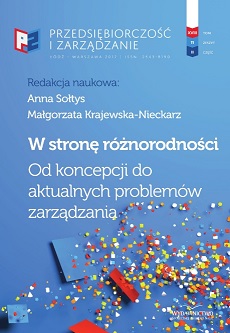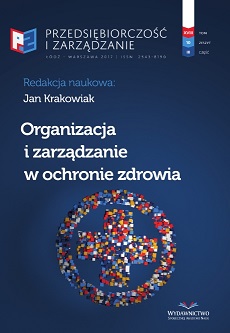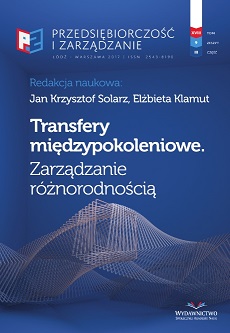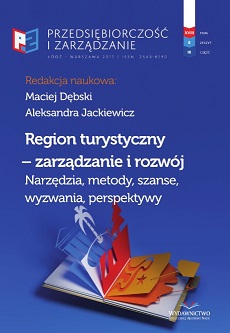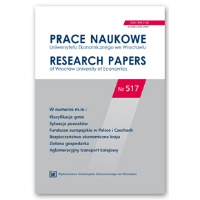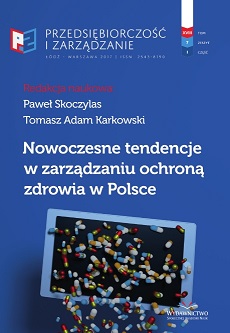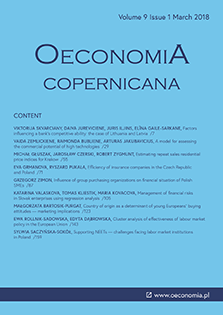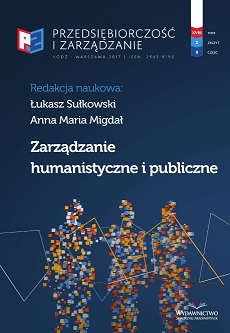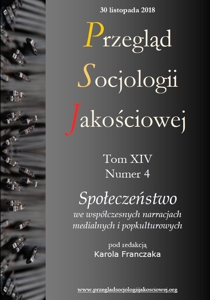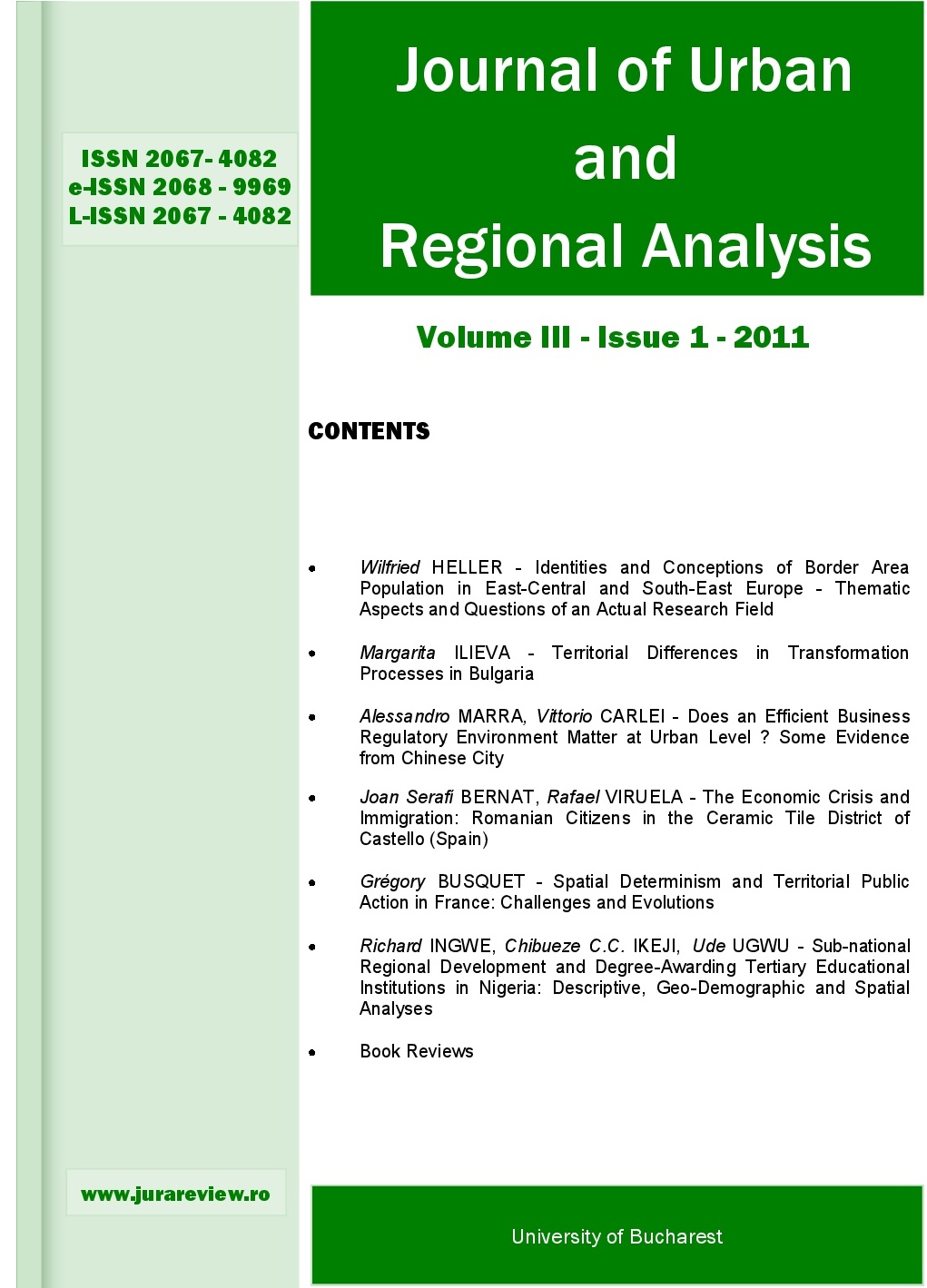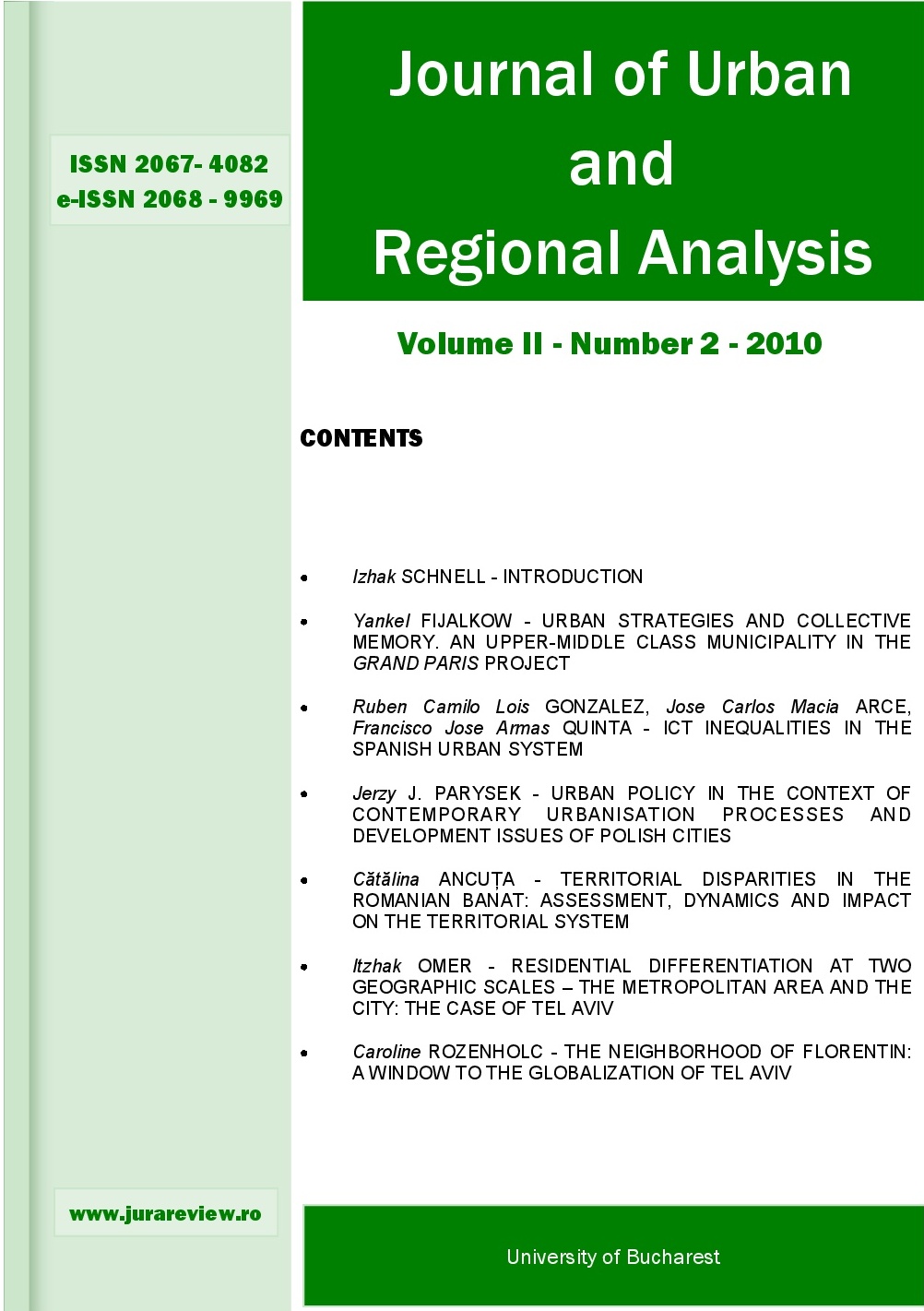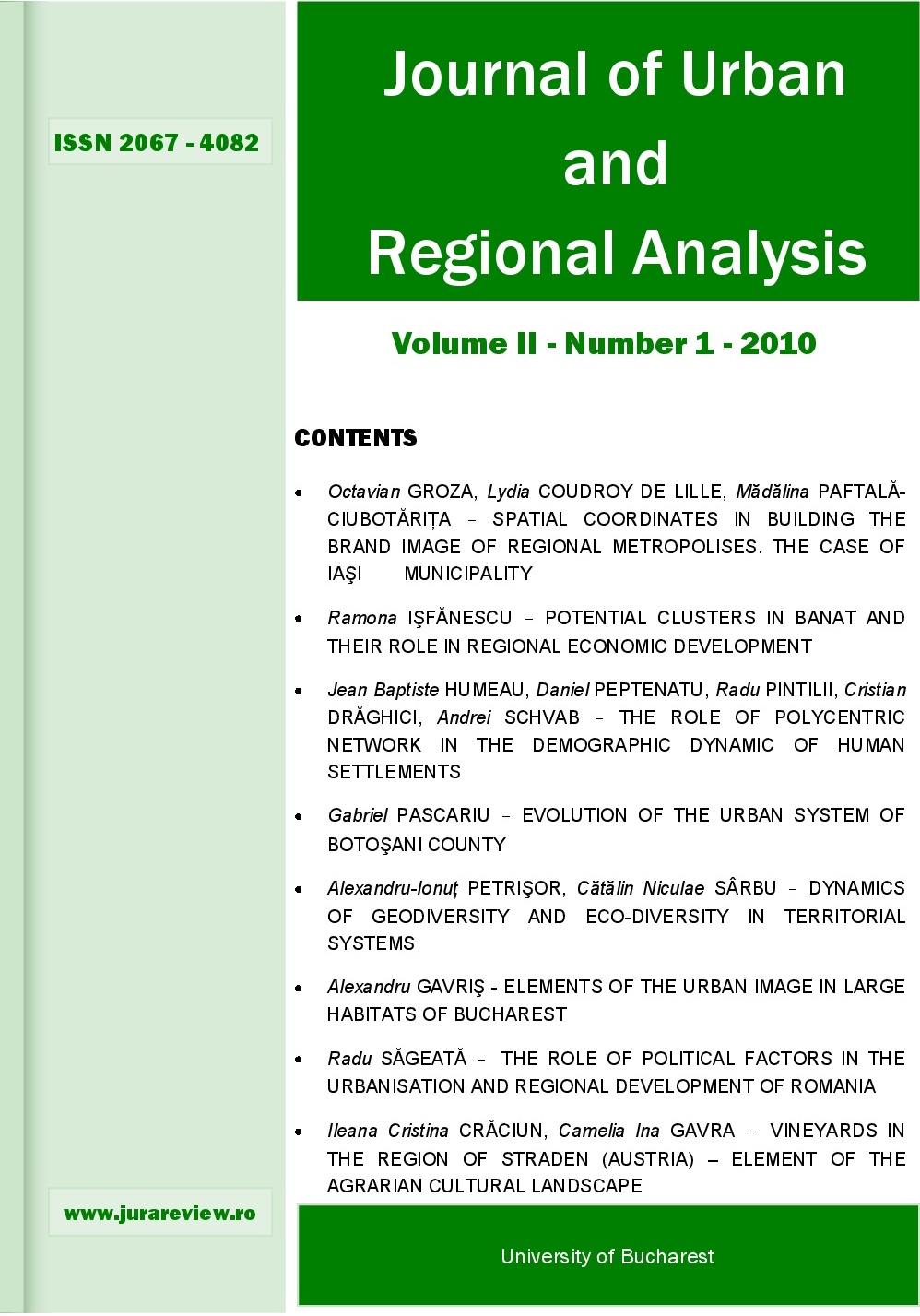Osnovne demografske odlike ugarske prema popisu stanovništva iz 1910. godine
The subject of this research was the general census of the population of Hungary from 1910, with the aim of showing the basic demographic characteristics of its population based on the results of the census. The census was carried out simultaneously throughout the AustroHungarian Empire. The authors paid special attention to the territories of today's Vojvodina. The general population census of Hungary from 1910 is particularly interesting for researchers for several reasons. It was more modern, more comprehensive and more detailed than all the previous Hungarian population censuses. It recorded the state of the population and society in the time closest to the disintegration of the Hungarian state, and it fixed an image of Hungary as of a state with reminiscences of the past, but also with the processes typical of modern capitalist and civic development. The inventory is especially valuable to the researchers, since it included the population of different ethnic and religious affiliations, in areas with many different geographical features, with different economic, social, and cultural preferences, but under the same state-legal framework and for a thousand-year-long common destiny. So, these circumstances could awaken the curiosity of numerous researchers of different profiles, especially from the aspect of the functioning of complex societies. The results of the census showed the continuity of demographic and social tendencies observed in previous decades. The process of urbanization, intensive internal migration, and a massive migration to the USA, as well as changes in the social structure, were clearly visible. In general, the census showed Hungary in development: all the more significant demographic indicators (population increase, population density, improved housing quality, increasing proportion of Hungarians and those who spoke the Hungarian language; stability of families, a noticeable increase in population in urban settlements, a strong attractive force of Budapest, the proliferation of industrial labour, increasing proportion of literates, increasing differences in the structure of the population of cities and rural areas, etc.) testified about the upward path and the development of the Hungarian society. Of course, there were certain signs that provoked serious contemplations and considerations of necessary state measures to take: the consequences of economic emigration have left more and more traces on a number of demographic factors (a significant reduction in real population growth, a gender imbalance, discrete changes in ethnic and religious structure, lack of labour in some areas, etc.); on the basis of the census, contemporaries also pointed to the negative consequences of a decrease in the average family size, which primarily occurred in urban settlements. The consequences of these phenomena are especially well known to us today. Continuity or cessation of the phenomena noted in this census after the dismemberment of the Kingdom of Hungary can be, with considerable difficulty, investigated through the history of the successor countries to Hungary. The information that the census of 1910 tells us gets the right weight if we look at the results of the previous four censuses (1870, 1880, 1890, and 1900). In this way, a solid picture of the development of the Hungarian society in the age of dualism can be formed on quite reliable, quantitative data. Such analyses would surely benefit not only historians, but also sociologists, economists, demographers, and economy historians.
More...
